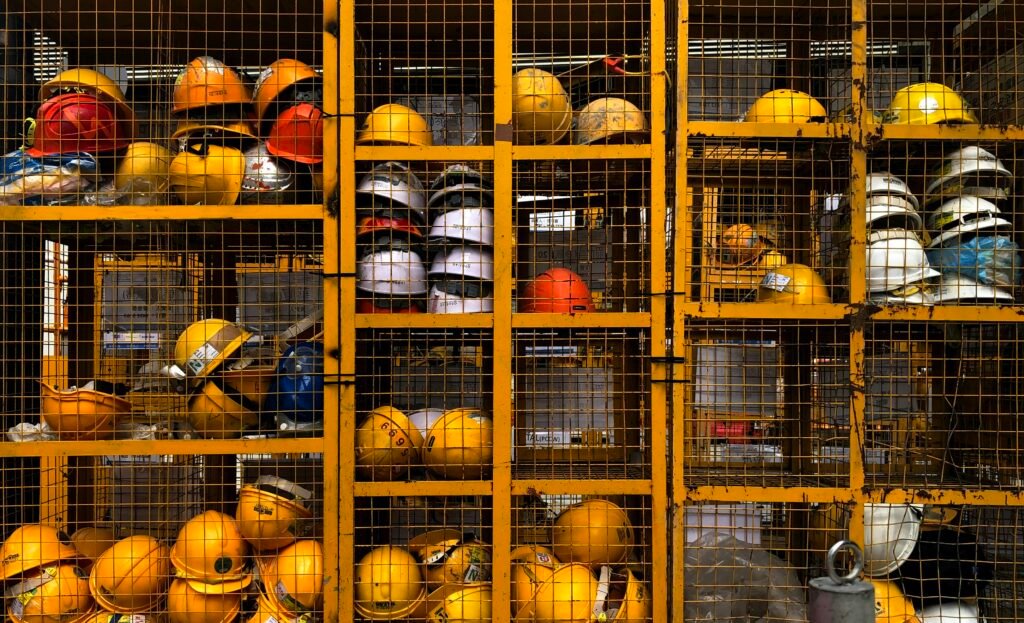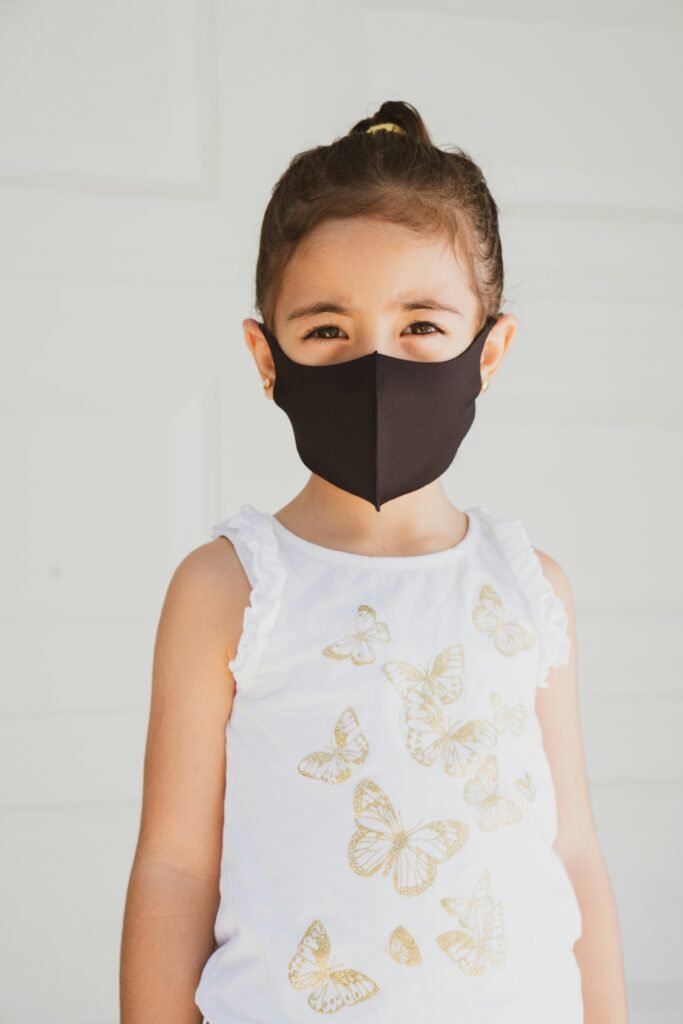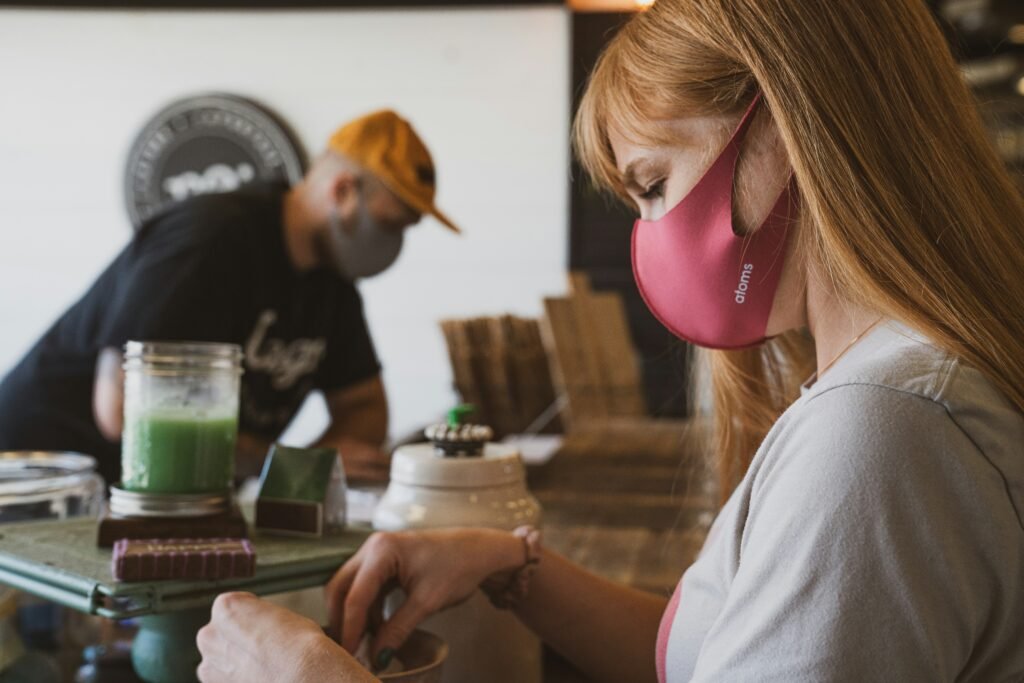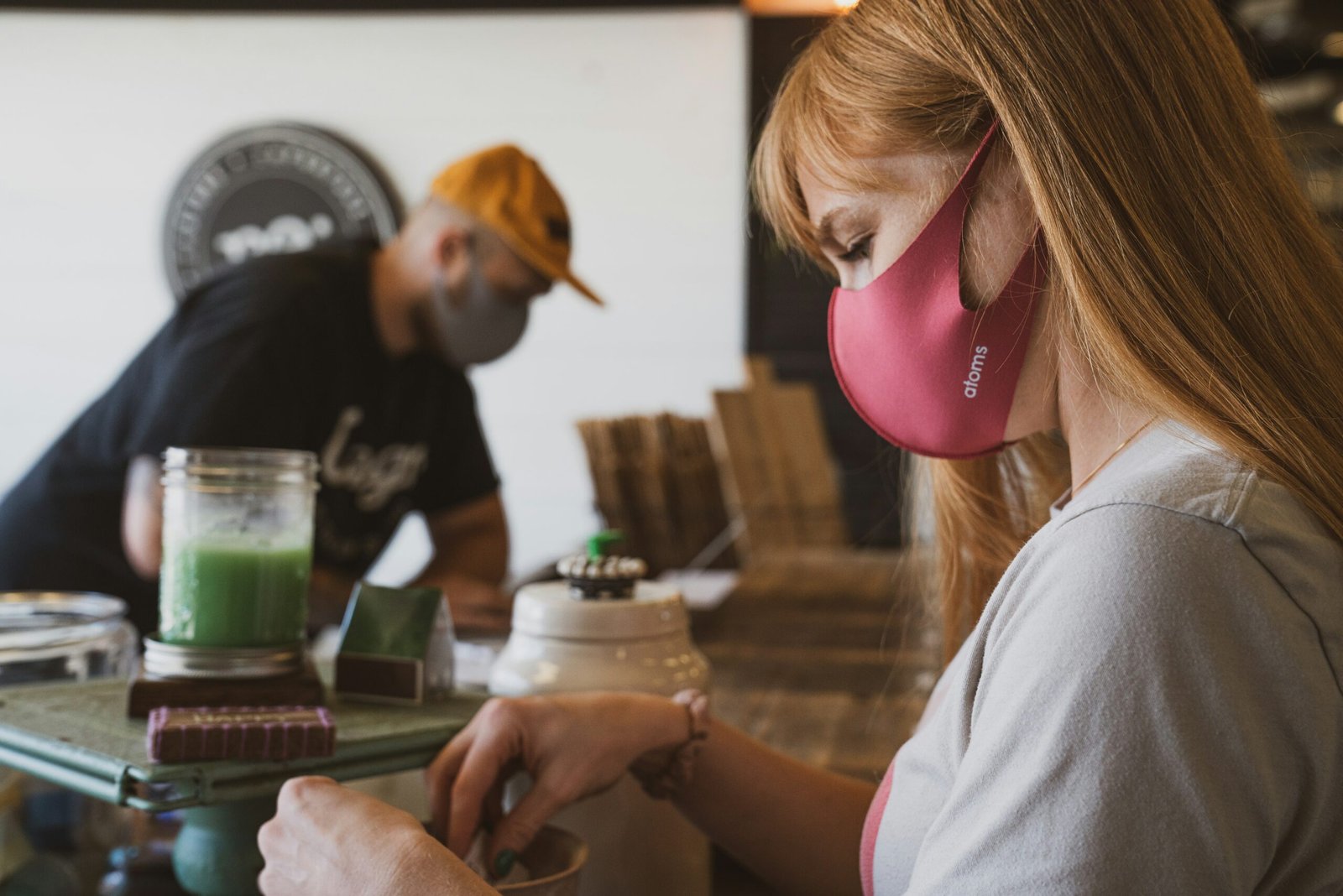Imagine you’re planning a fun summer BBQ with your friends and family. You’ve got the juicy burgers, the sizzling sausages, and the mouthwatering steaks ready to go. But wait, have you considered the safety aspect of your barbeque grill? It’s essential to know the recommended safety distances for barbeque grills to ensure everyone’s well-being and prevent any unwanted mishaps. In this article, we’ll explore the proper safety distances you should be aware of when firing up your grill, so you can enjoy a delicious and worry-free outdoor cooking experience.
Understanding the Importance of Safety Distances for Barbeque Grills
Why following safety distances is crucial
When it comes to enjoying a delicious barbeque with family and friends, it’s important to prioritize safety. One crucial aspect of barbequing safely is understanding and following the recommended safety distances for grills. These safety distances are not arbitrary guidelines; they have been established to prevent accidents, injuries, and potential property damage. By maintaining proper safety distances, you can ensure a safe and enjoyable barbeque experience for everyone involved.
Potential risks associated with not maintaining proper distances
Failure to adhere to the recommended safety distances for barbeque grills can lead to various risks and potentially dangerous situations. One of the primary risks is the possibility of fire-related incidents. Grills can generate high amounts of heat and flames, making them a potential hazard if placed too close to individuals, buildings, or flammable materials. Improper distances can also increase the likelihood of burns, injuries, and property damage due to hot surfaces or flying sparks. By ignoring safety distances, you not only put yourself at risk but also jeopardize the safety of those around you and the surrounding environment.
Brief overview of recommended safety distances
Understanding the recommended safety distances for different aspects of barbeque grills is essential for preventing accidents and ensuring the overall safety of your outdoor cooking experience. Let’s take a closer look at each of these aspects to gain a better understanding.
Safety Distances from People
The minimum distance grills should be from individuals
To maintain a safe barbeque environment, it is generally recommended to keep a minimum distance of 10 feet (3 meters) between the grill and individuals. This distance ensures that people are not directly exposed to flames, sparks, or the intense heat generated by the grill. By keeping a reasonable distance, you minimize the risk of accidental burns and injuries caused by contact with hot surfaces or flying embers.
Risks involved in breaking those distances
Neglecting the recommended safety distance between the grill and people poses numerous risks. Close proximity to the grill increases the chances of accidental burns, especially if individuals accidentally come into contact with the hot grill surfaces. Additionally, being too close to the grill exposes individuals to hazards like sparks, which can cause burns or ignite flammable clothing. It is vital to adhere to the recommended safety distances to avoid these potential dangers.
Tips to maintain safe distances during a barbeque
Maintaining safe distances between individuals and the grill can easily be achieved by implementing a few simple tips. Firstly, ensure that the cooking area is clearly marked and separated from the seating or gathering area. This can be done by using physical barriers, such as fences or ropes, to clearly delineate the cooking zone. Secondly, designate a grill master who is responsible for tending to the grill and ensuring that everyone maintains a safe distance. Lastly, always remind guests, especially children, to stay away from the grill and educate them on the potential dangers of getting too close.

Safety Distances from Buildings
Recommended distance from houses or other structures
When it comes to positioning your grill in relation to buildings or other structures, it is crucial to maintain a safe distance. A recommended guideline is to keep the grill at least 10 feet (3 meters) away from any combustible surface, including walls, fences, or overhangs. This distance helps minimize the risk of fire spreading to nearby structures and reduces the potential for heat damage to walls or other flammable materials.
Dangers of keeping grills too close to buildings
Keeping a grill too close to buildings or structures can result in severe consequences. The excessive heat generated by the grill can cause exterior materials such as vinyl siding, wood, or dry vegetation to ignite. Not only can this lead to property damage, but it also puts the safety of occupants at risk. In worst-case scenarios, an uncontrolled fire can spread rapidly and cause significant damage to buildings or even pose a threat to human lives. It is essential to maintain adequate safety distances to mitigate these dangers.
Preventing accidents when barbequing near buildings
To ensure safety while barbequing near buildings or structures, there are precautionary measures that should be taken. Firstly, position the grill in an open area, away from any combustible materials. This includes keeping it clear of plants, trees, overhanging branches, or any other flammable objects that may be in close proximity. Secondly, avoid barbequing on balconies or near windows, as the heat and smoke can easily enter the building and create potential fire hazards. It’s also important to regularly inspect and clean the grill to minimize the chances of grease buildup, which can become a fire hazard. Finally, always have a fire extinguisher readily available in case of emergencies.
Safety Distances from Flammable Materials
How far grills should be kept from items that can catch fire
Maintaining an appropriate distance between grills and flammable materials is crucial to avoid fire incidents. It is generally recommended to keep grills at least 10 feet (3 meters) away from flammable objects, such as wooden structures, dry leaves, bushes, or patio furniture. This distance serves as a buffer zone that helps prevent accidental ignition and minimizes the risk of fire spreading to nearby items.
Types of materials that can be flammable around grills
It’s important to be aware of the various materials that can be flammable when positioned near grills. Common examples of flammable materials include wooden decks, furniture made from flammable materials such as wicker or cloth, paper or plastic tablecloths, and tree branches hanging over the grill. It is crucial to identify and remove or relocate any flammable objects from the grill’s immediate vicinity to maintain a safe environment.
Safe management of potentially flammable materials
To ensure the safe management of potentially flammable materials around grills, several precautions can be taken. Firstly, always keep the grill clean and free from excessive grease or oil buildup, as these substances can increase the risk of fire. Regularly inspect the area surrounding the grill for any flammable objects and remove them promptly. Additionally, consider using non-combustible materials for deck surfaces or patio furniture to minimize the risk of fire. Educating family members and guests about the importance of maintaining a safe distance from flammable materials can also help prevent accidents.

Tips for Safe Placement of Grills
Factors to consider when choosing a grill location
Choosing the right location for your grill involves considering various factors to ensure maximum safety. Firstly, select an area that is stable and level to prevent the grill from tipping over during use. Secondly, ensure there is sufficient space around the grill, especially in high-traffic areas, to prevent accidental contact with hot surfaces. Additionally, take into account the proximity to combustible materials, buildings, and people, as discussed earlier. By considering these factors, you can find an optimal and safe placement for your grill.
Positioning the grill considering wind and air flow
Wind and air flow can significantly impact the safety and efficiency of your grilling experience. It’s essential to position the grill in a way that takes these factors into account. Avoid placing the grill in areas where strong winds are prevalent, as this can cause flames to flare up or make it challenging to maintain a consistent temperature. Consider natural windbreaks like walls or fences to protect the grill from excessive gusts. Additionally, ensure that there is adequate ventilation around the grill to prevent the accumulation of flammable gases, such as carbon monoxide.
Use of grill stands or tables for ensuring safe height
Using appropriate grill stands or tables is a practical way to achieve safe height and placement for your grill. These stands or tables help elevate the grill off the ground, reducing the risk of accidental contact with flammable surfaces or trip hazards. Additionally, they provide a more comfortable working height, minimizing strain on your back and ensuring better control during the cooking process. When selecting a stand or table, ensure it is sturdy, stable, and specifically designed for the type of grill you are using.
Grill Safety Measures During Use
Ensuring continued safety when the grill is in use
Maintaining safety should always be a top priority when a grill is in use. Some essential measures to follow include never leaving the grill unattended while cooking, as this significantly increases the risk of accidents. Always keep a close eye on the grill and be prepared to react swiftly if any issues arise. Additionally, avoid wearing loose or flammable clothing that may accidentally come into contact with the grill. Finally, make sure to follow all manufacturer’s instructions for the safe use of your specific grill model.
Handling food and cooking utensils safely
Proper food handling and safe use of cooking utensils are vital to prevent foodborne illnesses and minimize the risk of accidents. Ensure that all meat, especially poultry, is cooked thoroughly to the recommended internal temperature to eliminate harmful bacteria. Use separate utensils for raw and cooked food to avoid cross-contamination. Remember to use long-handled tools to prevent burns when flipping or removing food from the grill. Always keep a clean work area and wash your hands regularly to maintain proper hygiene.
Managing the crowd around the grill
When barbequing with a group of people, it’s important to manage the crowd around the grill to prevent accidents and ensure everyone’s safety. Establish clear boundaries and make sure that everyone understands the potential dangers of getting too close to the grill. Assign a responsible grill master who will be in charge of tending to the grill and maintaining safety protocols. Encourage guests to enjoy the gathering from a safe distance and avoid crowding around the grill, reducing the risk of accidental burns or food spills.

Kids and Pets Safety Around Grills
Ensuring children and pets maintain a safe distance
The presence of children and pets adds an additional layer of responsibility when it comes to grill safety. It is crucial to ensure that they maintain a safe distance from the grill at all times. Kids are naturally curious, and the allure of the sizzling grill can be tempting. Teach them about the potential dangers of getting too close to the grill and establish a designated safe zone where they can observe from a distance. Similarly, keep pets securely and separately confined to prevent them from wandering too close to the grill, risking burns or other injuries.
Teaching kids about grill safety
Educating children about grill safety is a proactive step toward preventing accidents and instilling responsible behavior. Explain to them that grills can be very hot and dangerous, and they should never touch or play with them. Teach them about the concept of safety distances and why it’s crucial to stay away from the grill while it’s in use. Encourage open discussions about grill safety and answer any questions they may have, ensuring they understand the potential risks associated with grilling.
Creating barriers or safe zones for pets
Creating barriers or safe zones specifically designated for pets can help keep them at a safe distance from the grill. Use physical barriers like gates, baby fences, or pet enclosures to contain them away from the grilling area. Establish a designated area where they can relax and observe from a distance, ensuring they do not get too close to the grill. By creating these clear boundaries for pets, you can ensure their safety and the safety of those operating the grill.
Coping with Grill Fires and Emergencies
First-aid steps during grill fires
In the unfortunate event of a grill fire, it is crucial to know how to react promptly and effectively. The first step is to ensure the safety of everyone involved. If the fire is small and manageable, use a fire extinguisher specifically designated for cooking-related fires to suppress the flames. If the fire is too large or progresses rapidly, immediately call emergency services and evacuate the area. Do not attempt to extinguish a large fire on your own. It’s essential to have basic first-aid knowledge and a well-stocked first-aid kit on hand to treat any injuries promptly.
When and how to call for help
Knowing when and how to call for help during grill emergencies is vital for a swift response and resolution. If you are unable to control the fire or if it is spreading rapidly, dial the emergency services number in your area immediately. Provide clear and concise details about the situation, such as the location, nature of the emergency, and any potential hazards. If possible, move everyone to a safe location while waiting for help to arrive. Always prioritize the safety of individuals and property over anything else.
Having an emergency plan for grill parties
Having a well-thought-out emergency plan in place for grill parties can help minimize potential risks and ensure a swift response in case of emergencies. Discuss the emergency plan with all individuals involved in the gathering, ensuring everyone knows their responsibilities and how to react in various scenarios. Designate someone as the emergency coordinator, responsible for assessing the situation and contacting emergency services if needed. Familiarize yourself with the location of fire extinguishers and first-aid kits, ensuring they are easily accessible. Regularly review and practice the emergency plan to ensure readiness.
Safety Distances for Different Types of Grills
Safety distances for charcoal grills
When it comes to charcoal grills, the recommended safety distances are similar to those for other types of grills. As a general guideline, keep charcoal grills at least 10 feet (3 meters) away from individuals, buildings, and flammable materials. This distance helps prevent accidental burns, fire hazards, and property damage. However, always check the manufacturer’s guidelines for your specific charcoal grill model, as they may have additional recommendations for safe distances.
Safety distances for gas grills
Similar to other types of grills, gas grills should be kept at a minimum of 10 feet (3 meters) distance from individuals, buildings, and flammable materials. It’s essential to follow the manufacturer’s guidelines and recommendations for your gas grill, as certain models may have specific safety requirements. Proper gas cylinder storage is also crucial, ensuring that it is kept away from direct heat sources and is positioned upright in a well-ventilated area.
Safety distances for electric grills
Electric grills provide a convenient and safer option for outdoor cooking. As with other grills, a minimum distance of 10 feet (3 meters) from individuals, buildings, and flammable materials is recommended. Electric grills do not produce open flames or emit smoke, making them a comparatively safer option. However, it’s still crucial to maintain the recommended safety distances to prevent accidents or damage.
Maintaining Grill Safety During Off-Season
Safe storage of grills
When the grilling season comes to an end, it’s important to store your grill properly to ensure its longevity and safety for future use. Thoroughly clean the grill, removing any grease or residue that may have accumulated during use. Disconnect and safely store any propane tanks or disconnect the power source for electric grills. Cover the grill with a suitable protective cover to shield it from the elements. Ideally, store the grill in a dry, well-ventilated area, such as a garage or shed, away from flammable materials.
How to handle unused propane tanks or charcoal
If you have unused propane tanks or charcoal, it is essential to handle them with caution to prevent potential hazards. Propane tanks should never be stored indoors or in areas prone to high heat. Store propane tanks outside in an upright position, away from direct sunlight, heat sources, and flammable materials. For unused charcoal, ensure it is stored in a cool, dry place in an airtight container to prevent moisture absorption and spontaneous combustion.
Inspection and maintenance of grills
Regular inspection and maintenance of your grill are crucial in ensuring ongoing safety and performance. Prior to each grilling season, carefully examine the grill for any signs of wear, damage, or rust. Pay close attention to gas connections, hoses, and valves, ensuring they are secure and free from leaks. Clean all grill components thoroughly and remove any accumulated grease or debris. Consult the manufacturer’s instructions for specific maintenance guidelines and recommended replacement intervals for key parts.
In conclusion, understanding and adhering to the recommended safety distances for barbeque grills is of utmost importance. By following these guidelines, you can create a safe and enjoyable grilling experience for yourself, your loved ones, and the environment. Prioritize safety, be mindful of potential risks, and take appropriate measures to prevent accidents. Happy grilling!

